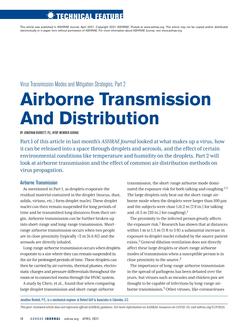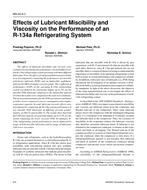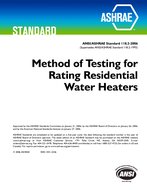This paper proposes a new monthly energy use regression model that accounts for different building energy use rates by occupancy schedules for commercial buildings. When the building has a different operating mode for holidays, the monthly three-parameter (3-P) cooling change-point model with a single temperature variable is likely to under-predict the base-load consumption due to lower energy consumption during the holidays. This may yield a net determination bias (NDB) higher than the acceptable level required in the ASHRAE Guideline 14-2002 (i.e., 0.005% per Section 5.2.10), which will result in a higher level of uncertainties associated with the calculated weather-normalized energy performance changes (i.e., savings) using a baseline model with a single temperature variable. To resolve this issue, this study developed a combination threeparameter multi-variable regression (3-P MVR) cooling model with ASHRAE’s Inverse Modeling Toolkit (IMT) using outdoor temperature in a change-point model and the number of holidays as an additional independent variable. The advantages of using the proposed 3-P MVR model were then examined compared to a monthly 3-P cooling model with a single temperature variable as well as the daily 3-P cooling models for weekdays, weekends, and holidays, using the multi-year monthly and daily whole-building electricity use data collected from a case-study office building in central Texas. The results show that the use of the proposed 3P-MVR model improves the accuracy of the monthly 3-P cooling model by resolving the holidays issue (i.e., the under-predicted base-load consumption of 3-P model due to holidays), with a lower level of uncertainty in the computed savings against the baseline year. Similar results are expected for other buildings with similar energy use profiles.
Citation: ASHRAE Papers: 2015 ASHRAE Annual Conference, Chicago, IL
Product Details
- Published:
- 2015
- Number of Pages:
- 8
- File Size:
- 1 file , 650 KB
- Product Code(s):
- D-CH-15-C013


